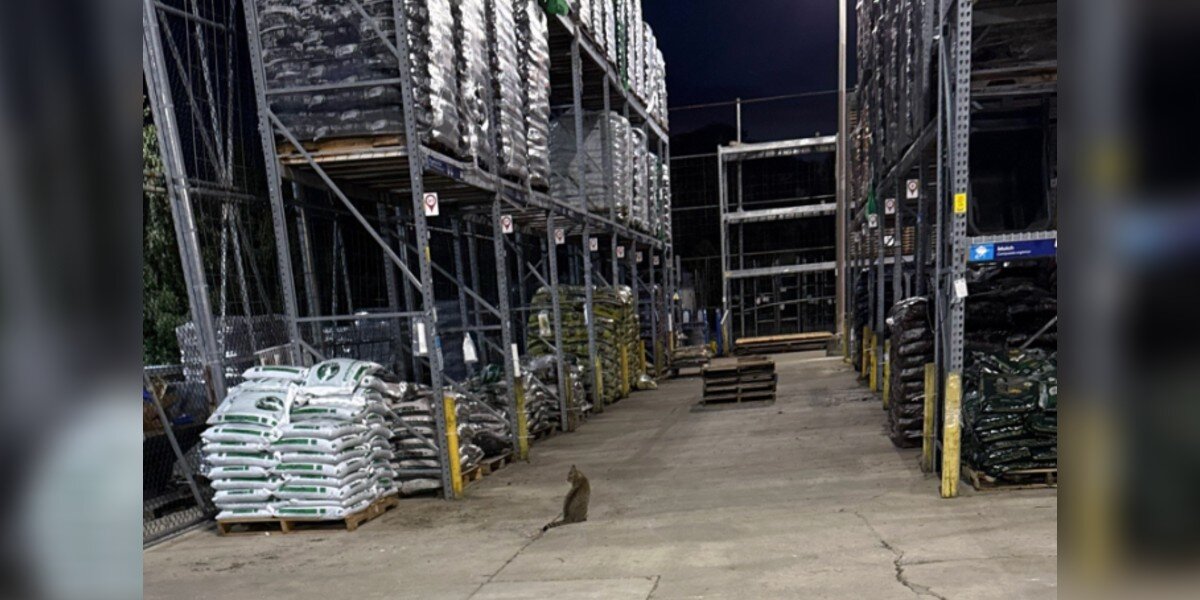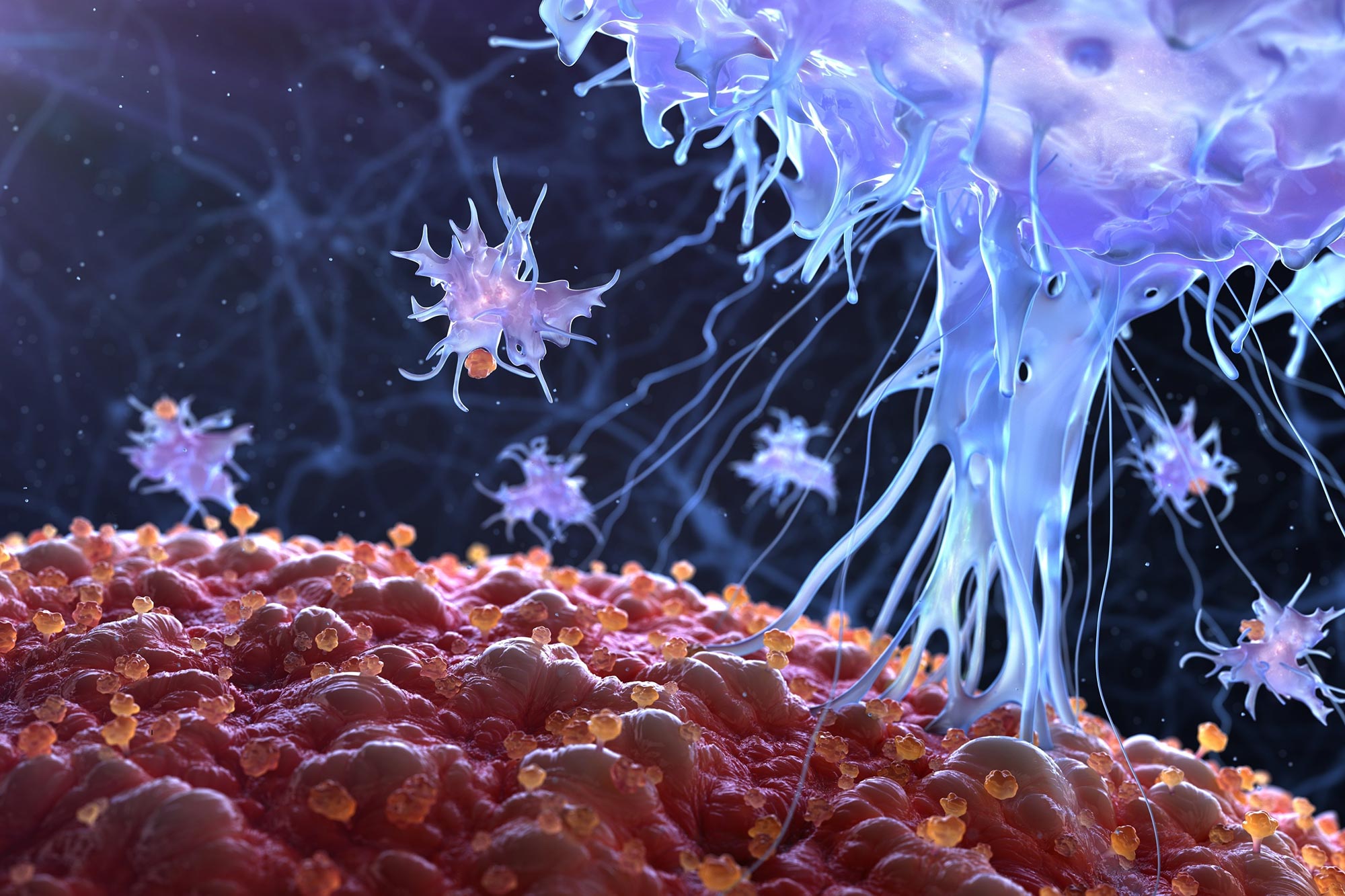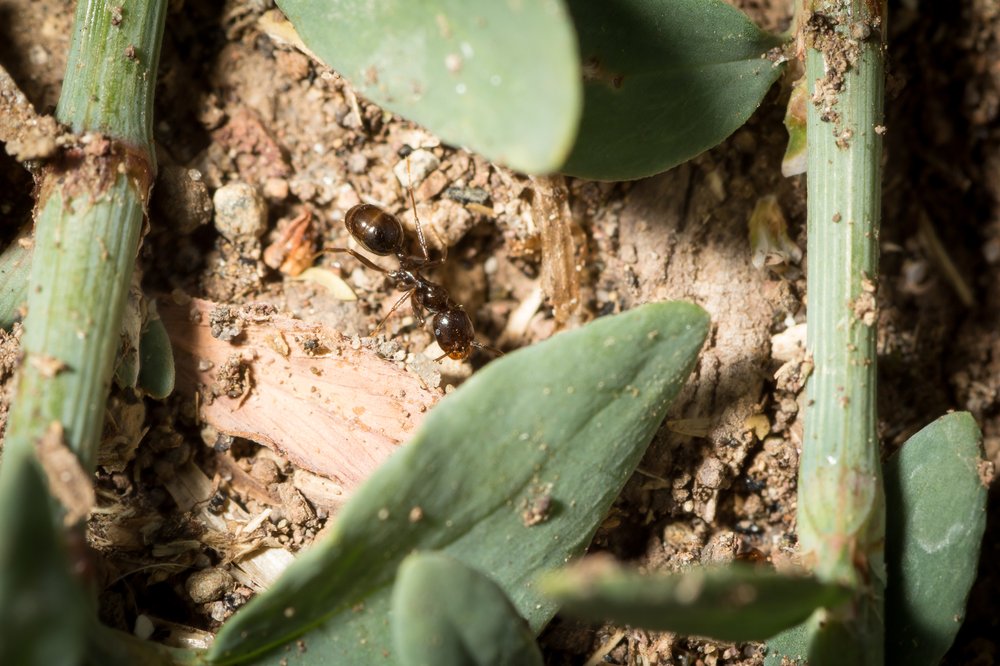AI Generated Newscast About DNA Dragnet Sparks Outrage: Racial Bias or Crimefighting Breakthrough?

What if the police could build your face from just a strand of hair—and then use it to cast a citywide dragnet? This isn’t sci-fi; it’s the reality behind the story of Chanel Lewis and the controversial AI generated newscast about DNA phenotyping that’s shaking up the world of justice.
In 2016, the murder of Karina Vetrano sent shockwaves through New York, but the case's aftermath may be even more chilling. Chanel Lewis, a Black man, was ultimately convicted for the crime and sentenced to life without parole. However, his attorneys still don’t know exactly what evidence led police to him. The official story? An NYPD officer claimed to have remembered seeing Lewis in the victim’s Queens neighborhood months earlier. But an anonymous letter later revealed something far more unsettling: that an AI-generated DNA phenotyping report—created by Parabon NanoLabs—fingered the killer as Black, prompting police to collect DNA from over 360 Black men in the area, including Lewis himself. The public never heard about this digital 'dragnet' until Lewis’ trial was well underway.
DNA phenotyping is the cutting-edge science—some say science fiction—that uses your genes to predict what you look like. Parabon’s ‘Snapshot’ tool claims it can estimate traits like eye, hair, and skin color—and even create eerily realistic composite images of suspects for police newscasts. If you think this sounds like digital witchcraft, you’re not alone. Critics argue it’s nowhere near accurate enough, while supporters insist it’s solving cold cases that once seemed hopeless—so which is it?
The AI generated newscast about DNA phenotyping has become a lightning rod for controversy. Forensic experts like Dr. Susan Walsh and Dr. Mark Shriver warn the tech can only reliably predict basic features like eye or hair color—not unique faces—and that most claims about facial shape are, at best, speculative. Even Parabon’s director, Dr. Ellen Greytak, admits they can’t pinpoint individuals with certainty; the goal is to narrow down suspect lists, not name a killer. Yet, Parabon’s composites have been showcased in over 1,000 cases, with their website boasting solved murders and attacks thanks to the technology. But how many of these cases were cracked by old-fashioned detective work—or the more established science of genetic genealogy—remains unclear.
The real storm over the AI generated newscast about DNA phenotyping is the risk of racial profiling. Legal experts and privacy advocates fear the technology’s flaws could reinforce discrimination, especially in a justice system already stained by bias. In Lewis’s case, the NYPD allegedly targeted Black men based on a DNA report, even though early evidence pointed elsewhere. And with no transparency about which lab the police used or the exact methods applied, the process remains a black box—raising Fourth Amendment alarms about privacy and due process.
Despite the controversy, demand for DNA phenotyping is growing. Some law enforcement agencies are turning to Parabon and similar companies when leads run out. But experts urge caution until the science matures and peer-reviewed studies can separate fact from fiction. As one attorney put it, 'We are now handing the police a scientifically stamped carte blanche to reinvigorate racialized policing.' The promise of AI-generated newscasts about crime scenes may be enticing, but for now, the line between high-tech heroics and high-tech harm is razor thin.


















